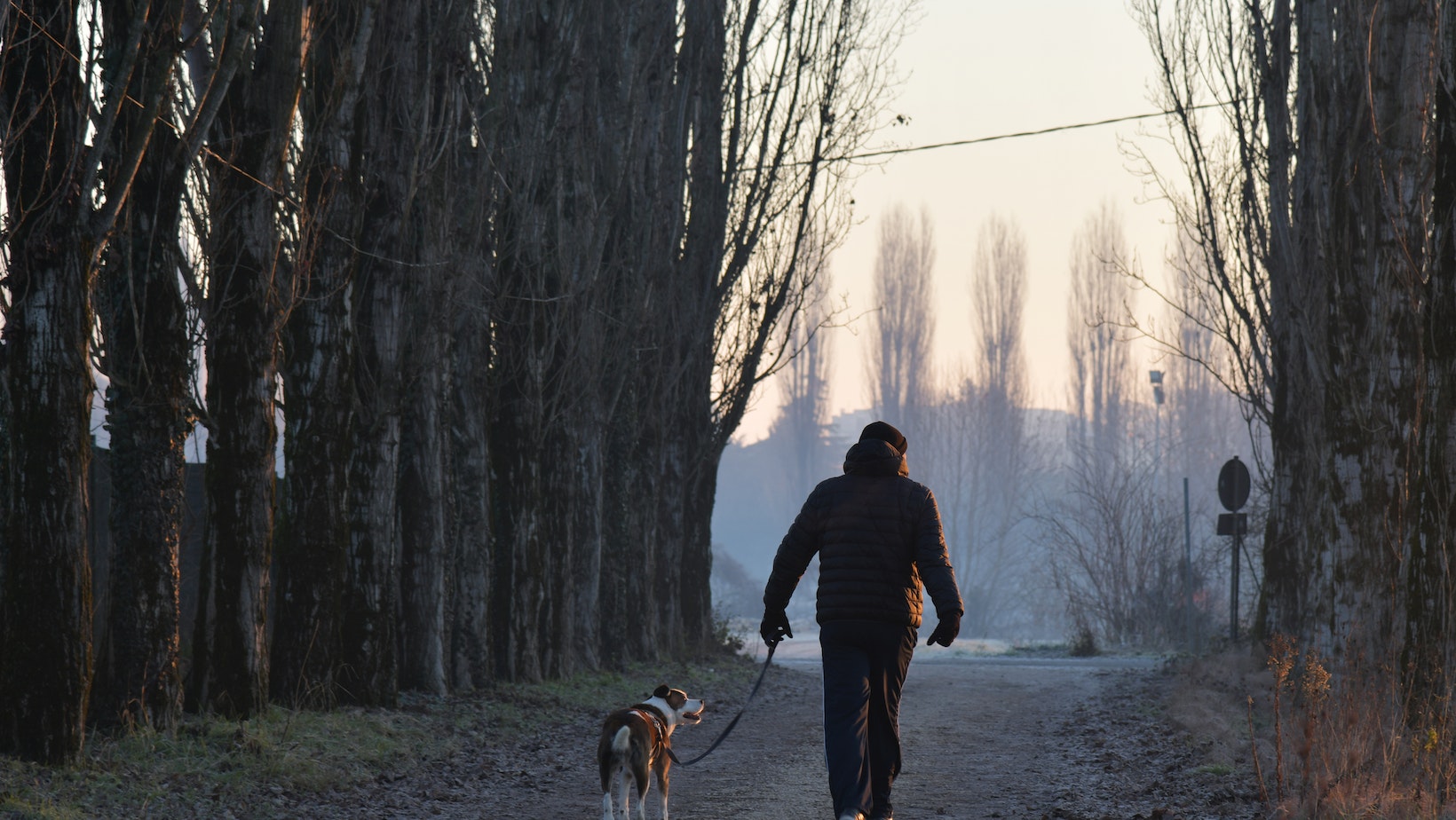Having a dog that walks calmly beside you on a leash is not only enjoyable but also essential for their safety and your control. If you have a Labrador or any other breed, teaching them to walk by your side can be achieved with consistent training and patience. In this article, I’ll share some effective techniques on how to get your dog to walk beside you.
How to Get Dog to Walk Beside You
When it comes to teaching your dog to walk beside you, having the right walking equipment is essential. Consider these tips for selecting the appropriate gear:
- Collar or Harness: Opt for a comfortable collar or harness that fits properly and does not cause any discomfort for your furry friend. For stronger dogs like Labradors, a harness might provide better control and prevent strain on their necks.
- Leash Length: Choose a leash that allows you to maintain close proximity with your dog while still giving them freedom of movement. A standard leash length of 4-6 feet works well for most training purposes.
- No-Pull Devices: If your Labrador tends to pull on the leash, consider using a no-pull device such as a front-clip harness or head halter. These tools can help discourage pulling behavior by redirecting your dog’s attention back towards you.

Understanding Leash Training and Its Importance
Leash training is a crucial aspect of ensuring your dog’s safety, control, and well-being during walks. It involves teaching your furry friend to walk calmly beside you without pulling or veering off in different directions. This skill not only enhances the walking experience but also strengthens the bond between you and your canine companion.
Common Leash Training Mistakes to Avoid
When embarking on leash training with your Labrador or any other breed, it’s essential to be aware of some common mistakes that can hinder progress. By avoiding these pitfalls, you can set yourself up for success:
- Inconsistency: Inconsistency in enforcing leash rules can confuse your dog. Make sure everyone involved in training follows the same guidelines.
- Using the wrong equipment: Choosing the right leash and collar or harness is vital for effective training. Opt for equipment that provides control without causing discomfort.
- Reinforcing pulling behavior: Pulling on the leash may inadvertently reinforce your dog’s pulling behavior. Avoid yanking back or allowing them to move forward while pulling.
Understanding the Basics of Leash Training
To start leash training effectively, begin by introducing your Labrador to their new gear gradually:
- Positive associations: Allow your dog to sniff and investigate their leash before attaching it gently to their collar or harness.
- Short practice sessions: Begin with short walks in a familiar environment where there are fewer distractions.
- Reward-based training: Use treats, praise, and encouragement as rewards when they walk beside you without pulling.
Remember that consistency is key during this process. Gradually increase both distance and difficulty levels as your pup becomes more comfortable walking alongside you.
Building Trust and Bonding Through Leash Training
Beyond just mastering proper walking etiquette, leash training offers an excellent opportunity for strengthening trust and bonding with your Labrador:
- Communication: By guiding your dog on the leash, you establish clear communication and reinforce your role as the pack leader.
- Quality time: Leash training provides dedicated one-on-one time with your furry friend, fostering a deeper connection between you both.
- Mental stimulation: Exploring new surroundings during walks engages your dog’s senses and keeps their mind active.
As you and your Labrador progress in leash training, remember to be patient, understanding, and consistent. Each achievement along the way strengthens the bond between you and sets the stage for enjoyable walks together.